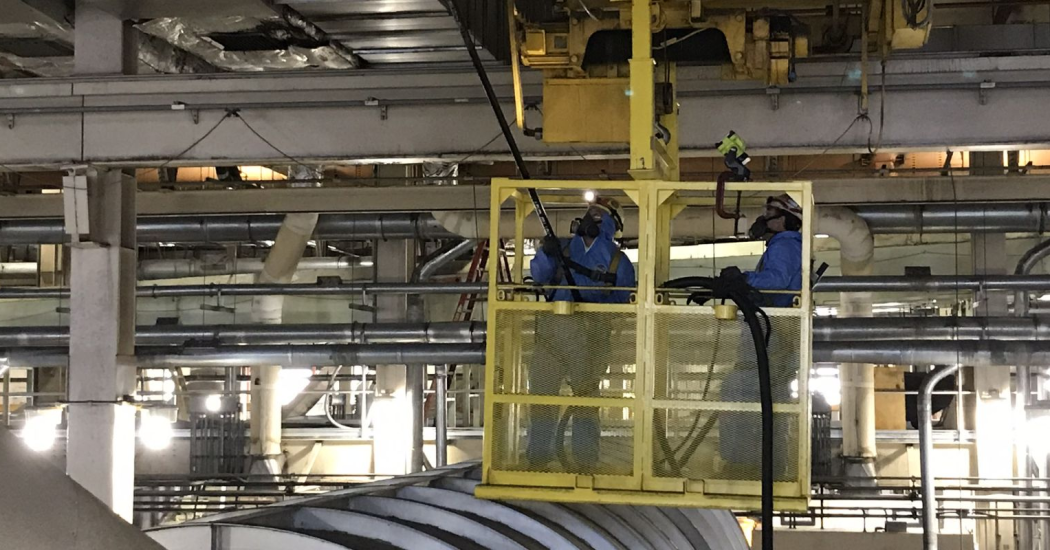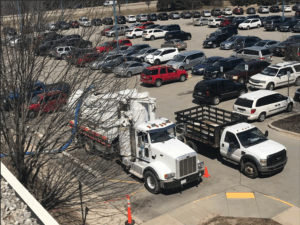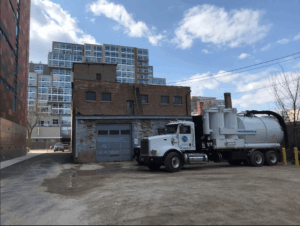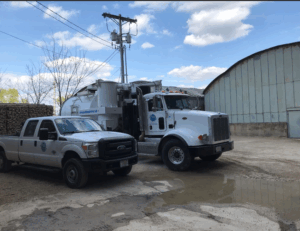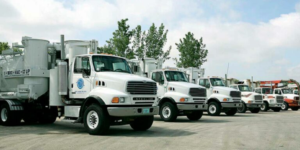Combustible dust hazards pose a significant risk in many industrial and manufacturing settings. Despite being fine particles, dust from materials such as wood, metal, grain, plastics, and chemicals can ignite under the right conditions. For safety managers and plant supervisors, understanding how these hazards develop, and how to prevent them, is essential for protecting employees, facilities, and overall operations.
This article explores combustible dust hazards, the science behind dust explosions, NFPA compliance standards, effective dust removal methods, and strategies to improve facility safety.
What Are Combustible Dust Hazards?
Combustible dust hazards occur when fine particles become airborne and ignite, leading to fires or catastrophic explosions. These hazards are not limited to heavy industries; even small manufacturing plants that handle seemingly harmless materials like flour, sugar, or plastic pellets face risks.
The danger lies in how dust behaves when dispersed in the air. A thin layer of accumulated dust can become fuel for a powerful explosion if exposed to a spark or heat source.
The Five Elements of a Dust Explosion
To understand the severity of combustible dust hazards, it is important to consider the Dust Explosion Pentagon, which consists of:
Fuel – Combustible dust particles.
Oxygen – Present in the air.
Ignition Source – Sparks, flames, static electricity, or hot surfaces.
Dispersion – Dust particles suspended in the air.
Confinement – An enclosed or semi-enclosed space.
When all five elements are present simultaneously, a dust explosion can occur.
Industries Most at Risk
Different industries face varying levels of exposure depending on the materials handled.
Industry | Common Dust Source | Explosion Risk Level |
Food Processing | Flour, sugar, spices | High |
Woodworking | Sawdust, fine wood powder | High |
Metal Fabrication | Aluminum, magnesium dust | High |
Chemical Manufacturing | Resins, plastics, rubber | Moderate to High |
Agriculture | Grain, corn, feed dust | High |
Pharmaceuticals | Powdered chemicals | Moderate |
NFPA Compliance and Regulations
The National Fire Protection Association (NFPA) provides key safety standards to address combustible dust hazards. NFPA 652 and NFPA 654 set requirements for managing dust-related risks in industrial environments.
Compliance involves:
Conducting dust hazard analyses (DHAs).
Implementing engineering controls like dust collection systems.
Using appropriate housekeeping methods for dust removal.
Ensuring equipment is designed to minimize ignition risks.
Failing to comply with NFPA standards not only increases safety risks but may also lead to regulatory penalties.
For more details on specialized cleaning services, visit Great Lakes Power Vac’s combustible dust cleaning services.
Effective Dust Removal Strategies
Proper dust removal is one of the most effective ways to reduce combustible dust hazards.
Key Practices for Dust Removal
Regular Housekeeping – Establish cleaning schedules for high-risk areas.
Vacuum Systems – Use industrial vacuum systems designed for combustible dust rather than compressed air, which can worsen dispersion.
Surface Monitoring – Check overhead beams, ducts, and equipment where dust tends to accumulate.
Professional Cleaning Services – For large-scale facilities, engaging professionals ensures thorough removal in compliance with safety standards.
Learn more about dust removal and safety practices on Great Lakes Power Vac.
Improving Facility Safety
A comprehensive approach to facility safety goes beyond dust removal. Safety managers and plant supervisors should:
Develop Written Safety Plans – Document procedures for inspection, cleaning, and emergency response.
Train Employees – Ensure workers understand combustible dust hazards and safe handling practices.
Install Explosion Protection Systems – Such as venting, suppression, or isolation devices.
Conduct Routine Inspections – Identify early warning signs of dust accumulation or equipment malfunction.
Engage with Experts – Partner with professionals for compliance audits and facility cleaning.
For expert guidance or service inquiries, you can contact Great Lakes Power Vac.
Conclusion
Combustible dust hazards remain a serious concern across industries. Understanding the explosion risks, following NFPA compliance standards, and implementing reliable dust removal strategies are vital steps for facility safety. By taking proactive measures, safety managers and plant supervisors can protect workers, minimize risks, and ensure operational continuity.
For professional support in managing combustible dust hazards, visit Great Lakes Power Vac.
Frequently Asked Questions
Combustible dust explosions occur when fine particles are suspended in the air and exposed to an ignition source within a confined space.
Facilities can prevent hazards through proper housekeeping, NFPA compliance, dust collection systems, and employee training programs.
Common combustible dust materials include wood, metals like aluminum, agricultural products, chemicals, plastics, and food ingredients such as flour and sugar.
Cleaning frequency depends on industry type and dust accumulation rates, but NFPA recommends routine inspections and cleaning before hazardous levels build up.
Yes. Even small quantities of combustible dust can trigger explosions if the right conditions are present, making safety measures critical for all facilities.

